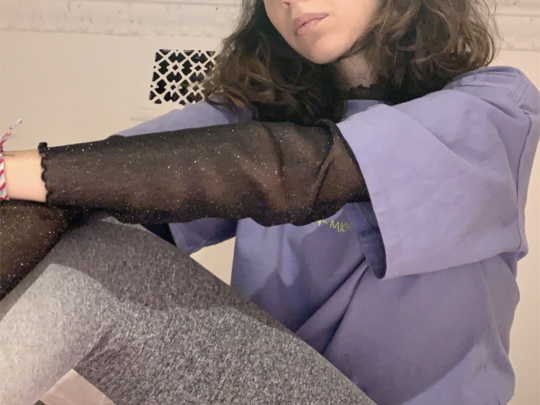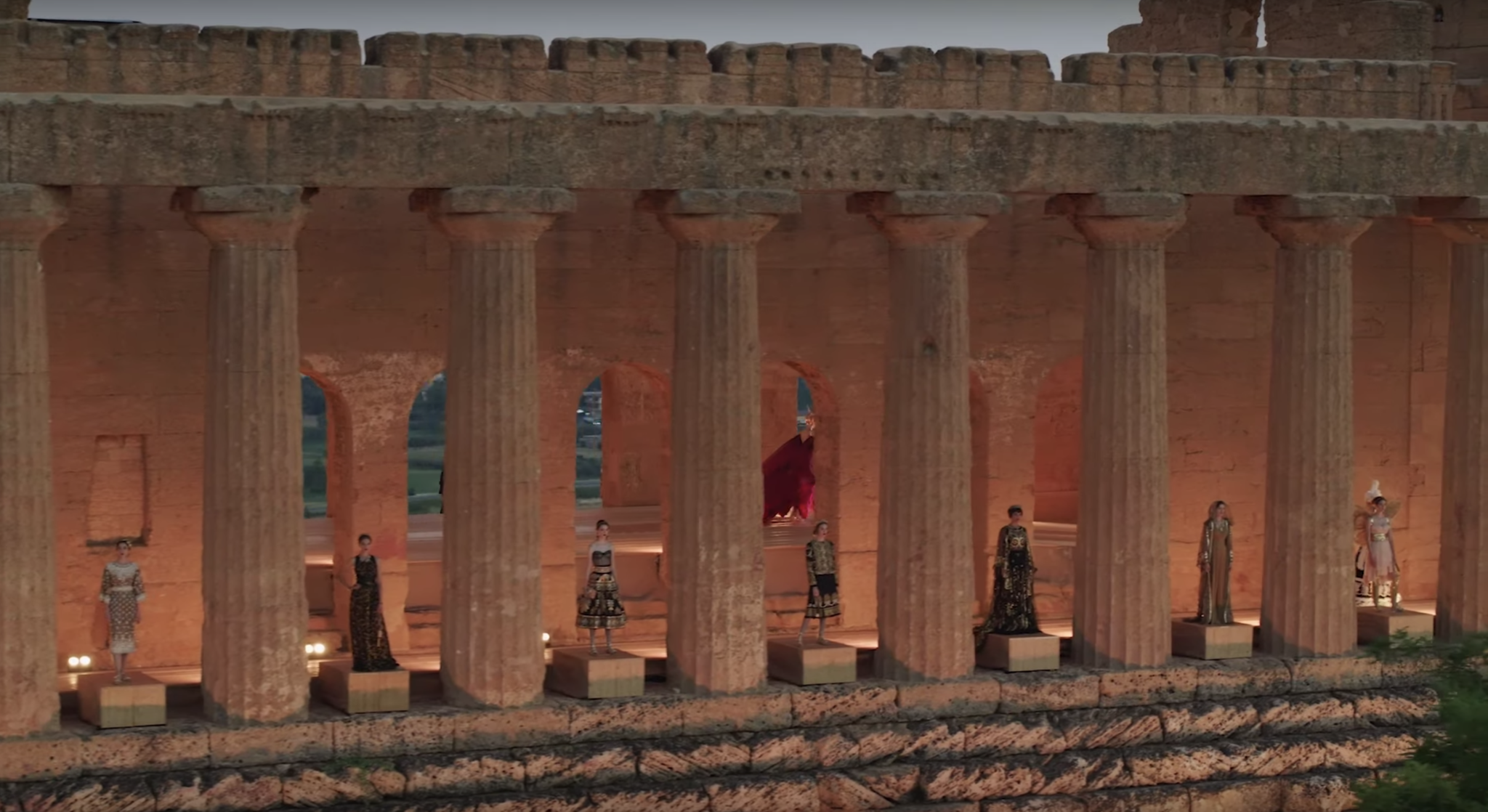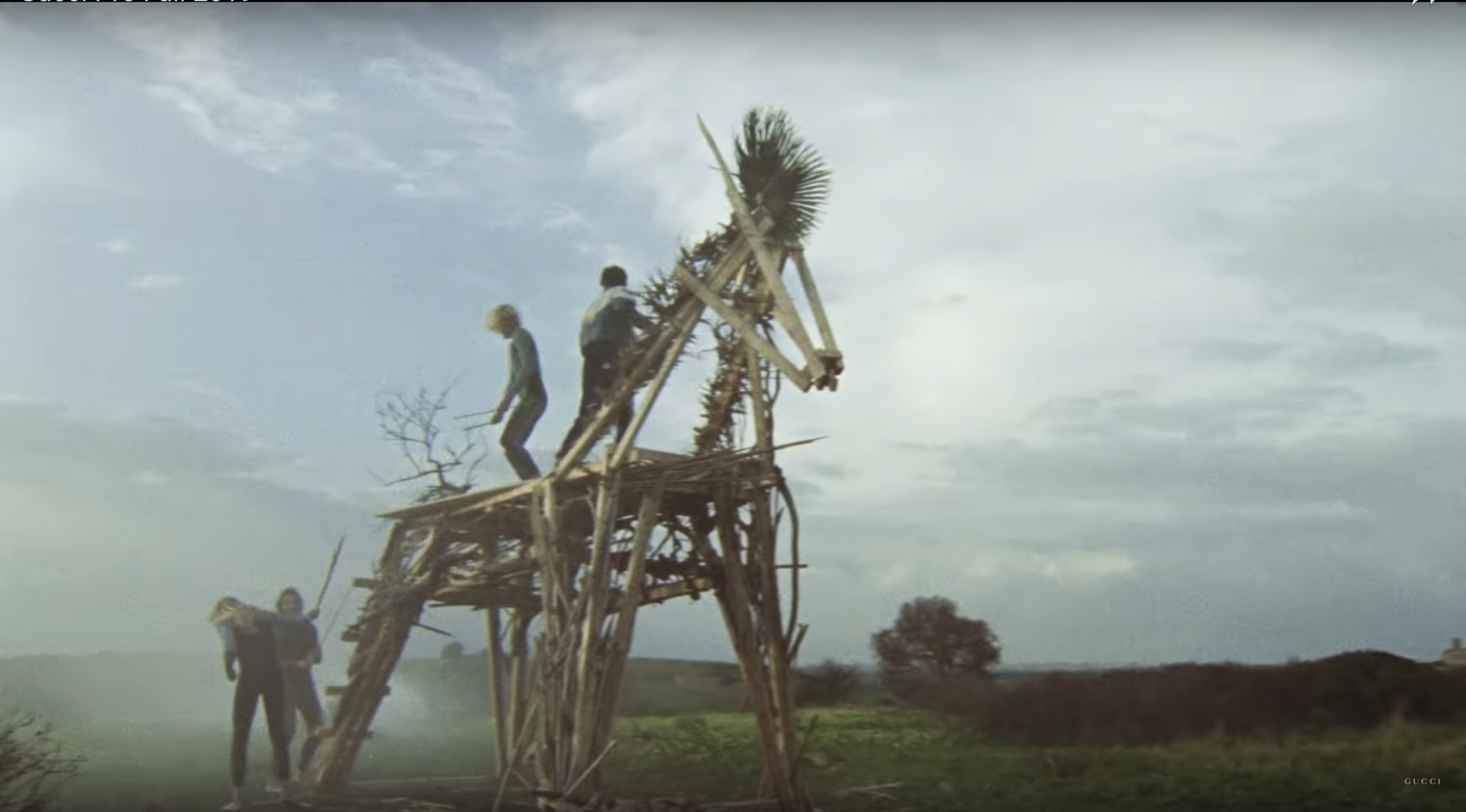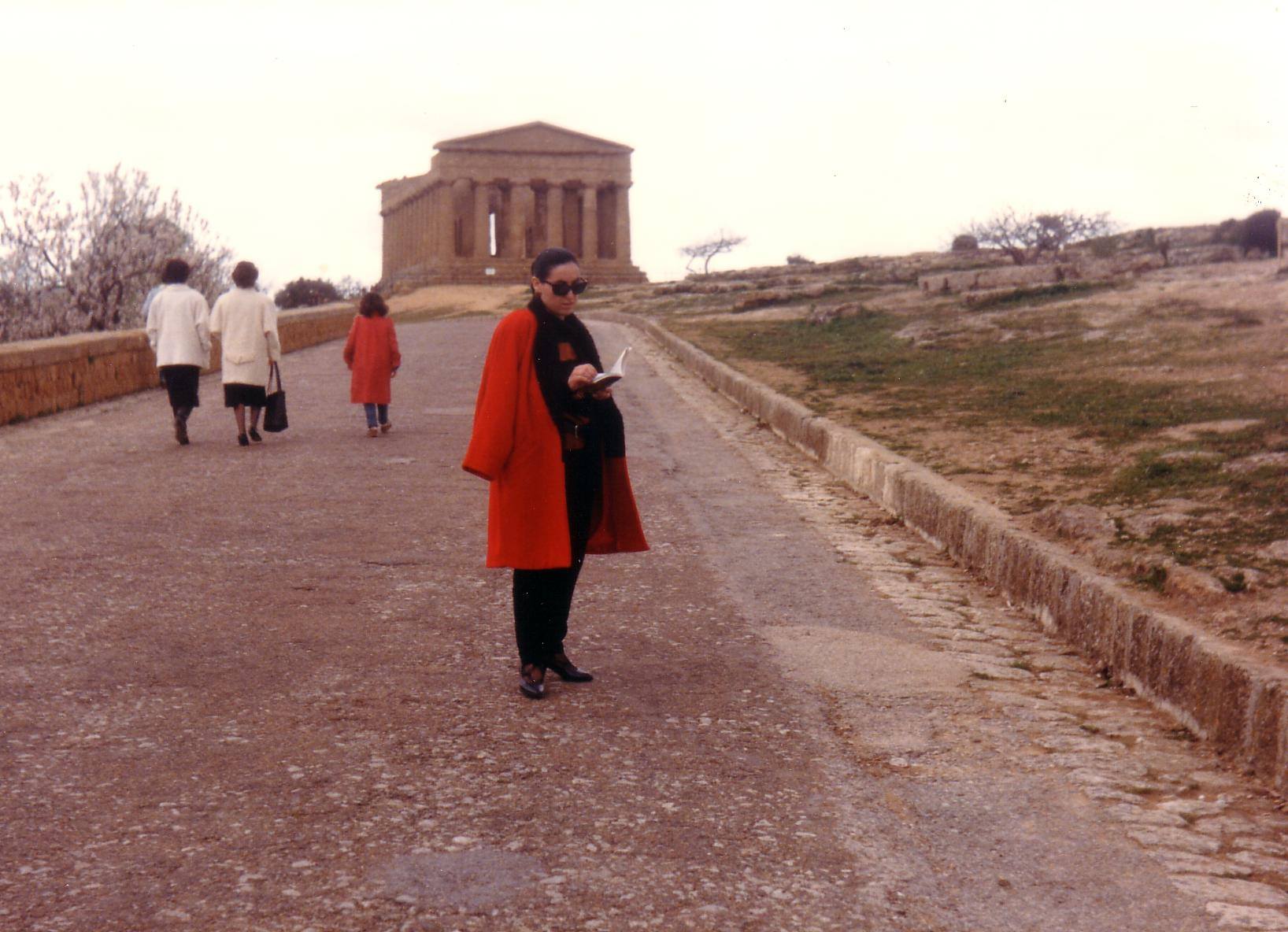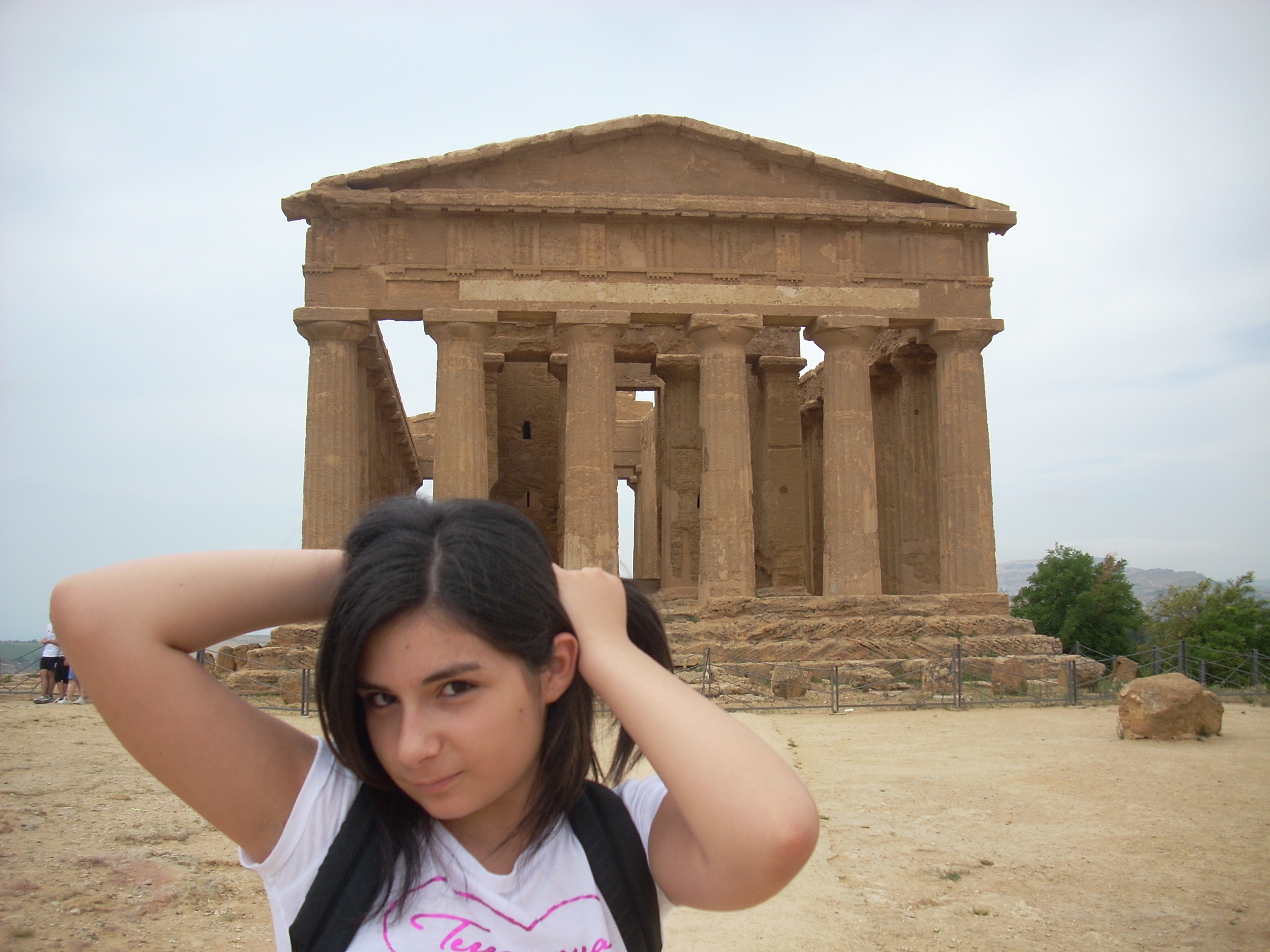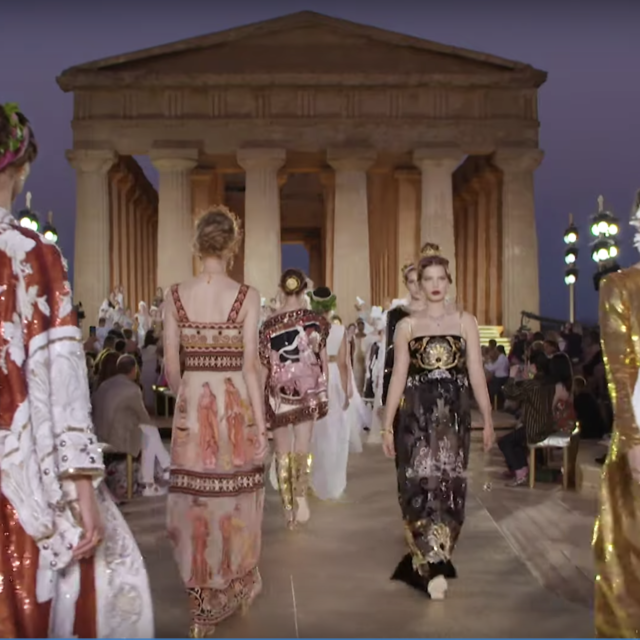From Gucci to Dolce & Gabbana, Italian designers are celebrating the wonders of Sicily’s Ancient Greek heritage. The temple complex of Selinunte is the setting for Gucci’s Pre-Fall 2019 collection film by Glen Luchford. And Dolce & Gabbana chose the Valley of the Temples in Agrigento for the designers’ annual Alta Moda show on July 5.
Forgotten and rediscovered throughout history, the Valley of the Temples is an enchanted space that blends natural beauty and archeological remains. For us Sicilians, it is much more than an ancient complex of decaying ruins. Today’s Sicilian culture is still linked to the magic of the Valley. There’s a desire to keep the Temples alive and thriving, a desire that added a special frisson to the Dolce & Gabbana event in July, making it dynamically relevant.
Dolce & Gabbana have a history of hosting shows in monumental locations in Sicily, reflecting Domenico Dolce’s own upbringing on the island. In 2017, for example, they chose the Palazzo Gani, in Palermo, to recreate scenes from Il Gattopardo, the legendary Italian novel by Giuseppe Tomasi di Lampedusa (translated in English as The Leopard and turned into a luscious film by Visconti).
But an Alta Moda event in the heart of the Valley of Temples seemed a far-fetched possibility, given long-running concerns over the preservation of the monuments, and bearing in mind Greece’s refusal to host fashion shows at the Parthenon.
And yet, after two years of negotiations, il Tempio della Concordia (the Temple of Harmony) was indeed transformed into a catwalk – a sacred one, complete with fashion guardians patrolling between columns.



